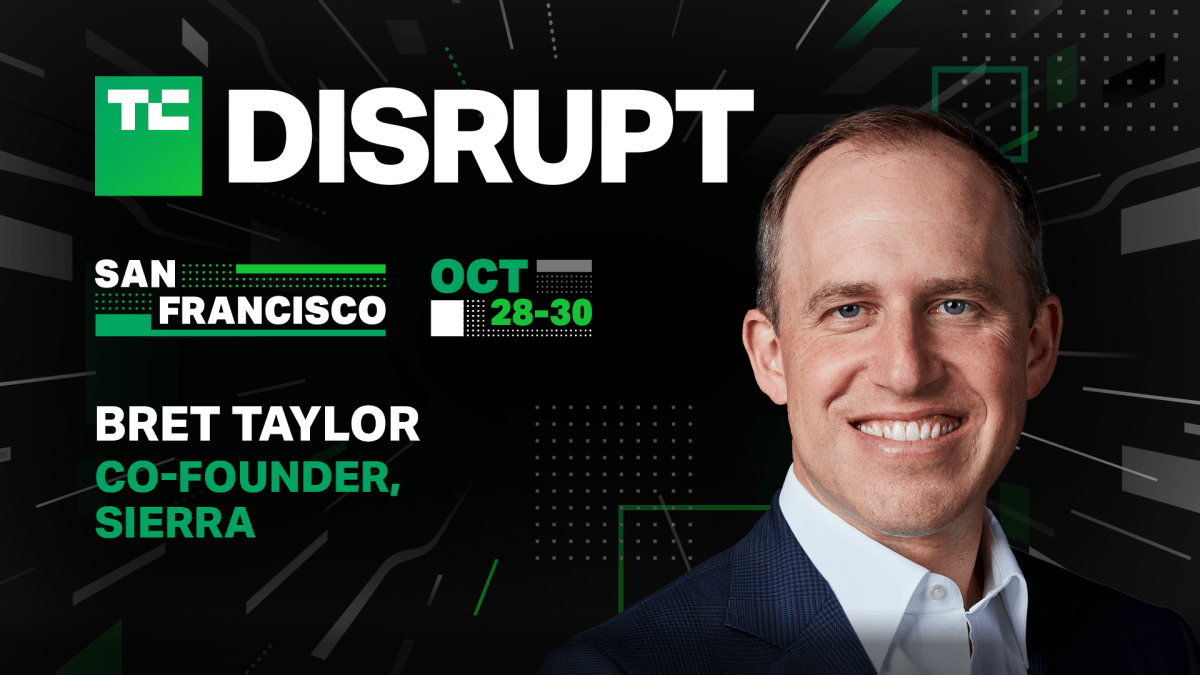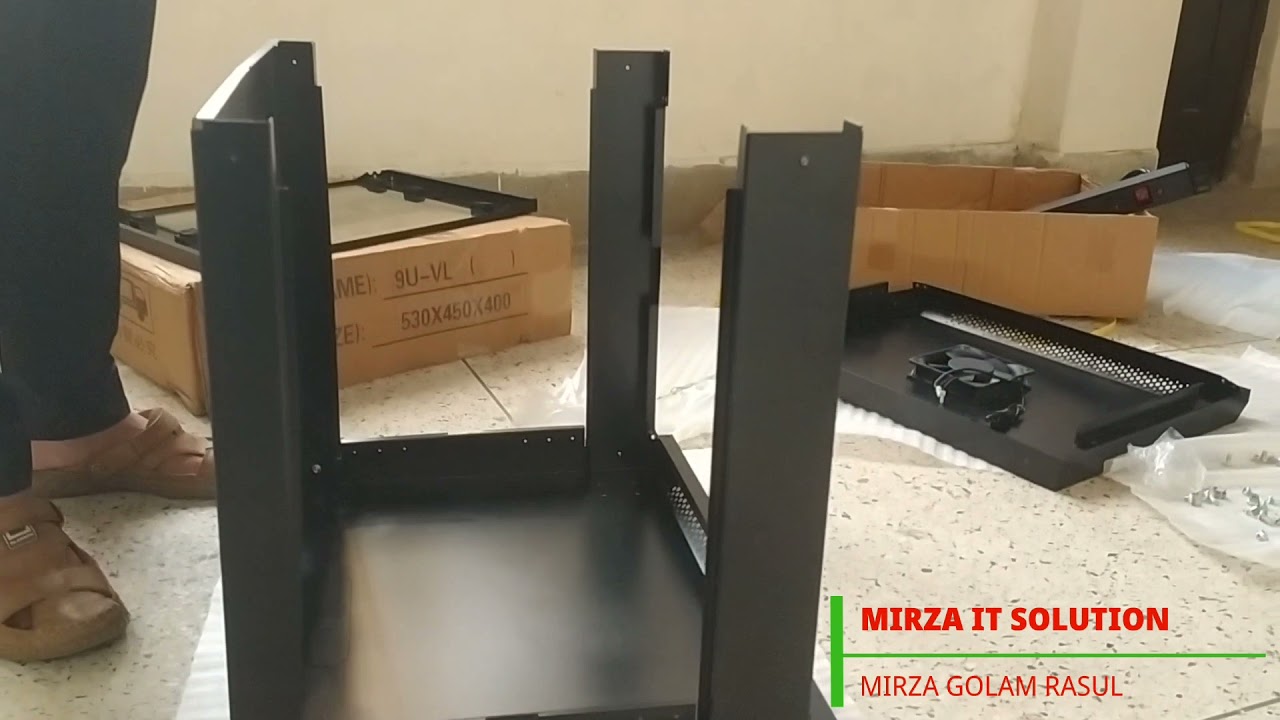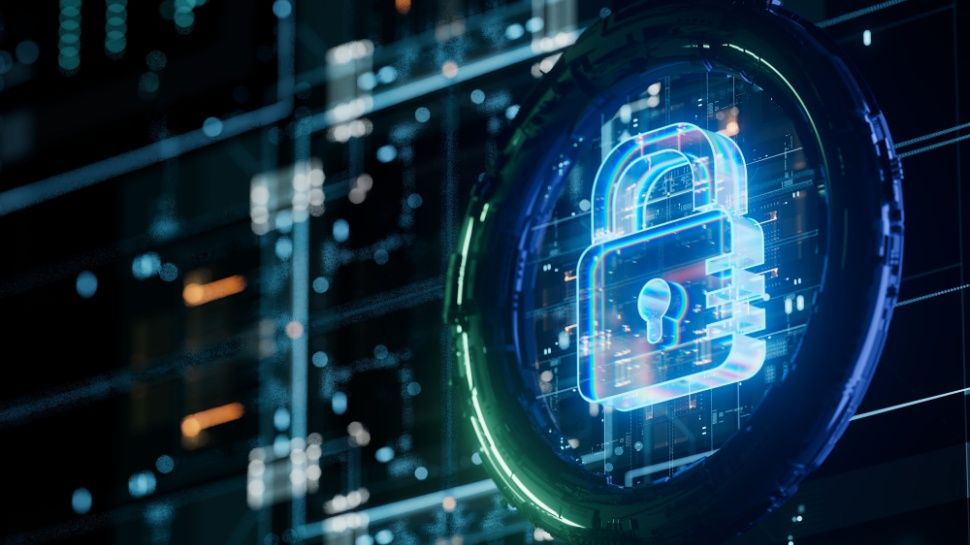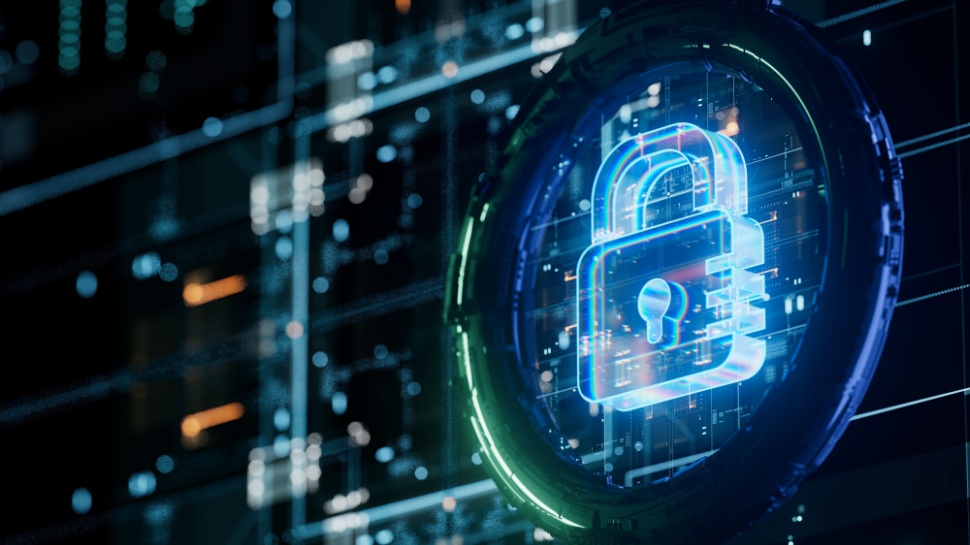Join our daily and weekly newsletters for the latest updates and exclusive content on industry-leading AI coverage. Learn More
This article is part of a VB Special Issue called “Fit for Purpose: Tailoring AI Infrastructure.” Catch all the other stories here.
AI is no longer just a buzzword — it’s a business imperative. As enterprises across industries continue to adopt AI, the conversation around AI infrastructure has evolved dramatically. Once viewed as a necessary but costly investment, custom AI infrastructure is now seen as a strategic asset that can provide a critical competitive edge.
Mike Gualtieri, vice president and principal analyst at Forrester, emphasizes the strategic importance of AI infrastructure. “Enterprises must invest in an enterprise AI/ML platform from a vendor that at least keeps pace with, and ideally pushes the envelope of, enterprise AI technology,” Gualtieri said. “The technology must also serve a reimagined enterprise operating in a world of abundant intelligence.” This perspective underscores the shift from viewing AI as a peripheral experiment to recognizing it as a core component of future business strategy.
The infrastructure revolution
The AI revolution has been fueled by breakthroughs in AI models and applications, but those innovations have also created new challenges. Today’s AI workloads, especially around training and inference for large language models (LLMs), require unprecedented levels of computing power. This is where custom AI infrastructure comes into play.
>>Don’t miss our special issue: Fit for Purpose: Tailoring AI Infrastructure.<<
“AI infrastructure is not one-size-fits-all,” says Gualtieri. “There are three key workloads: data preparation, model training and inference.” Each of these tasks has different infrastructure requirements, and getting it wrong can be costly, according to Gualtieri. For example, while data preparation often relies on traditional computing resources, training massive AI models like GPT-4o or LLaMA 3.1 necessitates specialized chips such as Nvidia’s GPUs, Amazon’s Trainium or Google’s TPUs.
Nvidia, in particular, has taken the lead in AI infrastructure, thanks to its GPU dominance. “Nvidia’s success wasn’t planned, but it was well-earned,” Gualtieri explains. “They were in the right place at the right time, and once they saw the potential of GPUs for AI, they doubled down.” However, Gualtieri believes that competition is on the horizon, with companies like Intel and AMD looking to close the gap.
The cost of the cloud
Cloud computing has been a key enabler of AI, but as workloads scale, the costs associated with cloud services have become a point of concern for enterprises. According to Gualtieri, cloud services are ideal for “bursting workloads” — short-term, high-intensity tasks. However, for enterprises running AI models 24/7, the pay-as-you-go cloud model can become prohibitively expensive.
“Some enterprises are realizing they need a hybrid approach,” Gualtieri said. “They might use the cloud for certain tasks but invest in on-premises infrastructure for others. It’s about balancing flexibility and cost-efficiency.”
This sentiment was echoed by Ankur Mehrotra, general manager of Amazon SageMaker at AWS. In a recent interview, Mehrotra noted that AWS customers are increasingly looking for solutions that combine the flexibility of the cloud with the control and cost-efficiency of on-premise infrastructure. “What we’re hearing from our customers is that they want purpose-built capabilities for AI at scale,” Mehrotra explains. “Price performance is critical, and you can’t optimize for it with generic solutions.”
To meet these demands, AWS has been enhancing its SageMaker service, which offers managed AI infrastructure and integration with popular open-source tools like Kubernetes and PyTorch. “We want to give customers the best of both worlds,” says Mehrotra. “They get the flexibility and scalability of Kubernetes, but with the performance and resilience of our managed infrastructure.”
The role of open source
Open-source tools like PyTorch and TensorFlow have become foundational to AI development, and their role in building custom AI infrastructure cannot be overlooked. Mehrotra underscores the importance of supporting these frameworks while providing the underlying infrastructure needed to scale. “Open-source tools are table stakes,” he says. “But if you just give customers the framework without managing the infrastructure, it leads to a lot of undifferentiated heavy lifting.”
AWS’s strategy is to provide a customizable infrastructure that works seamlessly with open-source frameworks while minimizing the operational burden on customers. “We don’t want our customers spending time on managing infrastructure. We want them focused on building models,” says Mehrotra.
Gualtieri agrees, adding that while open-source frameworks are critical, they must be backed by robust infrastructure. “The open-source community has done amazing things for AI, but at the end of the day, you need hardware that can handle the scale and complexity of modern AI workloads,” he says.
The future of AI infrastructure
As enterprises continue to navigate the AI landscape, the demand for scalable, efficient and custom AI infrastructure will only grow. This is especially true as artificial general intelligence (AGI) — or agentic AI — becomes a reality. “AGI will fundamentally change the game,” Gualtieri said. “It’s not just about training models and making predictions anymore. Agentic AI will control entire processes, and that will require a lot more infrastructure.”
Mehrotra also sees the future of AI infrastructure evolving rapidly. “The pace of innovation in AI is staggering,” he says. “We’re seeing the emergence of industry-specific models, like BloombergGPT for financial services. As these niche models become more common, the need for custom infrastructure will grow.”
AWS, Nvidia and other major players are racing to meet this demand by offering more customizable solutions. But as Gualtieri points out, it’s not just about the technology. “It’s also about partnerships,” he says. “Enterprises can’t do this alone. They need to work closely with vendors to ensure their infrastructure is optimized for their specific needs.”
Custom AI infrastructure is no longer just a cost center — it’s a strategic investment that can provide a significant competitive edge. As enterprises scale their AI ambitions, they must carefully consider their infrastructure choices to ensure they are not only meeting today’s demands but also preparing for the future. Whether through cloud, on-premises, or hybrid solutions, the right infrastructure can make all the difference in turning AI from an experiment into a business driver
VB Daily
Stay in the know! Get the latest news in your inbox daily
By subscribing, you agree to VentureBeat’s Terms of Service.
Thanks for subscribing. Check out more VB newsletters here.
An error occured.








































































































































You must be logged in to post a comment Login